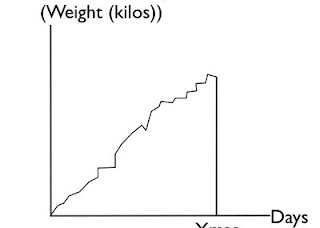Came across this article by Ajay Shah for the Financial Express. Here's an excerpt.
Vix has, since, come down quite sharply. While this is still higher than the pre-crisis period, the halving of Vix is the best sign that the unprecedented fear of the what might come next has subsided. Low values of Vix do not mean that things are good. It means that we are no longer as uncertain, as compared with the dark days of October to December 2008. High values of Vix mean that while we observe a certain value of the S&P 500 index, this index is likely to bounce around a lot in the weeks to come.I completely disagreed on this one!
This reduced uncertainty will make possible planning, investment, product launches, recruitment, etc. which is the foundation of the recovery.
Vix is directly important to India in two ways. First, it measures the uncertainty about the world economy, and lower uncertainty matters to the Indian economy, now that we are highly internationalised. The second channel of influence is from Vix to capital flows. High vix values are associated with low capital flows into India (and vice versa). The reduction in Vix is likely to yield improved capital flows into India.
Low vix points to increasing risk appetite, which may, or may not result in capital flows to emerging countries. With the election year uncertainty, it would not surprise me if capital flows to India stay subdued for the remainder of the year. Capital flows should be correlated with the growth prospects of the domestic firms.
Secondly, a low Vix might forecast lower volatility 30 days out(implied volatility basically predicts 30 day historical volatility), but it does not offer any clues for the remainder of the year in terms of direction or volatility. Indeed vix looks overextended on the downside and could bounce up on a short term basis (mean reversion). (I say this based on the divergence from it's 20 day or 10 day moving average).
Lastly, I don't think any firm carries out capital budgeting /forecasting decisions based on a low value of Vix! Read the rest of this entry >>





